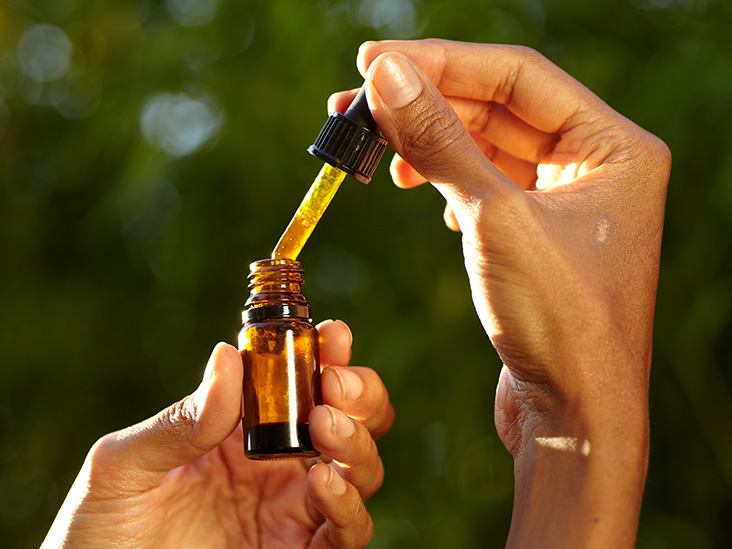In the world of pet wellness, CBD (cannabidiol) has emerged as a promising supplement for dogs, offering potential benefits for various health conditions. However, it’s crucial for pet owners to approach CBD for dogs with care and responsibility. In this guide, we’ll explore the important considerations and precautions to ensure the well-being of your furry friend when incorporating CBD into their routine.
1. Consult with a Veterinarian: The First and Foremost Step
Before giving your dog any CBD product, consult with your veterinarian. A professional can provide insights into your dog’s specific health needs and help determine whether CBD is a suitable option. This step is particularly important if your dog has existing health conditions or is taking other medications.
2. Choose High-Quality CBD Products: A Matter of Purity
Not all CBD products for pets are created equal. Opt for high-quality, reputable brands that provide transparent information about their sourcing, extraction methods, and third-party testing. Quality matters when it comes to ensuring the purity and safety of the CBD product you’re giving to your dog.
3. Start with Low Dosages: Slow and Steady Wins the Race
When introducing CBD to your dog’s routine, start with a low dosage. Every dog is unique, and their response to CBD can vary. Starting small allows you to observe how your dog reacts and gives you the flexibility to adjust the dosage gradually if needed.
4. Observe for Any Changes: Monitoring Your Dog’s Behavior
Pay close attention to your dog’s behavior after introducing CBD. Look for changes in appetite, energy levels, and overall demeanor. If you notice any adverse reactions, such as lethargy or digestive issues, consult with your veterinarian and consider adjusting the dosage or discontinuing use.
5. Full-Spectrum vs. Isolate: Understanding the Difference
CBD products come in two main forms: full-spectrum and isolate. Full-spectrum CBD contains a range of cannabinoids, including trace amounts of THC (tetrahydrocannabinol), while isolate is pure CBD. Understand the differences between these options and choose the one that aligns with your preferences and your dog’s needs.
6. Consider Your Dog’s Size and Breed: Tailoring Dosages
The size and breed of your dog play a role in determining the appropriate CBD dosage. Larger dogs may require higher dosages, while smaller breeds may need less. Follow the guidelines provided by the product, but be prepared to adjust based on your dog’s individual characteristics.
7. Monitor for Potential Interactions: Medication Considerations
If your dog is on other medications, be cautious about potential interactions with CBD. Consult with your veterinarian to ensure that CBD won’t interfere with existing treatments. Transparency with your veterinarian is crucial for creating a comprehensive health plan for your dog.
Conclusion:
Integrating CBD into your dog’s routine can be a positive step toward supporting their well-being. By following these considerations and consulting with your veterinarian, you can ensure that your dog’s experience with CBD is safe, effective, and tailored to their unique needs. Remember, the key is to approach CBD use for dogs with care and responsibility, enhancing the bond between you and your furry companion.


